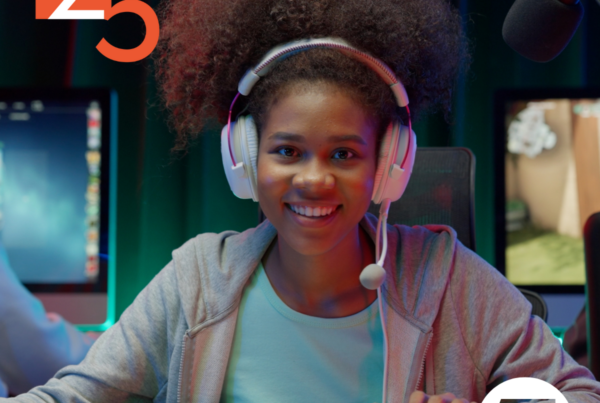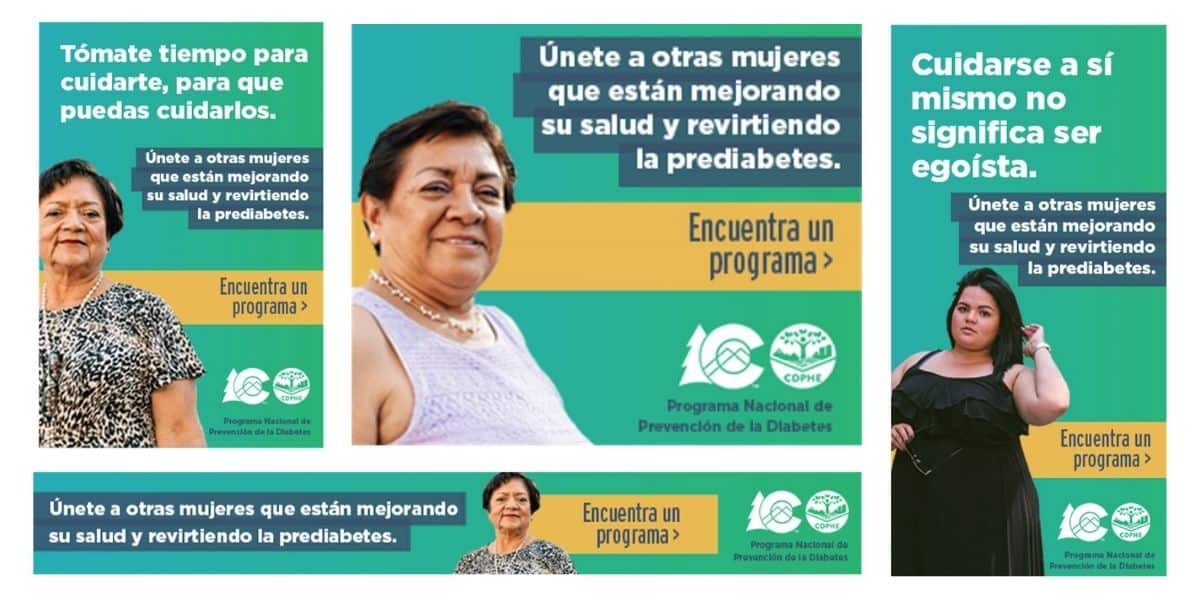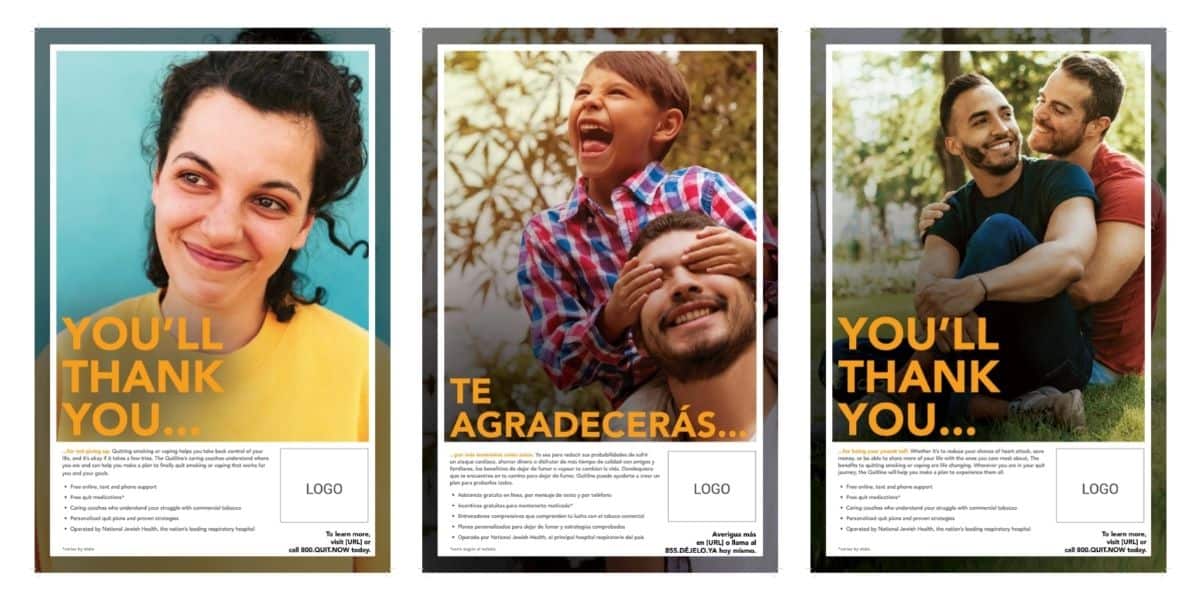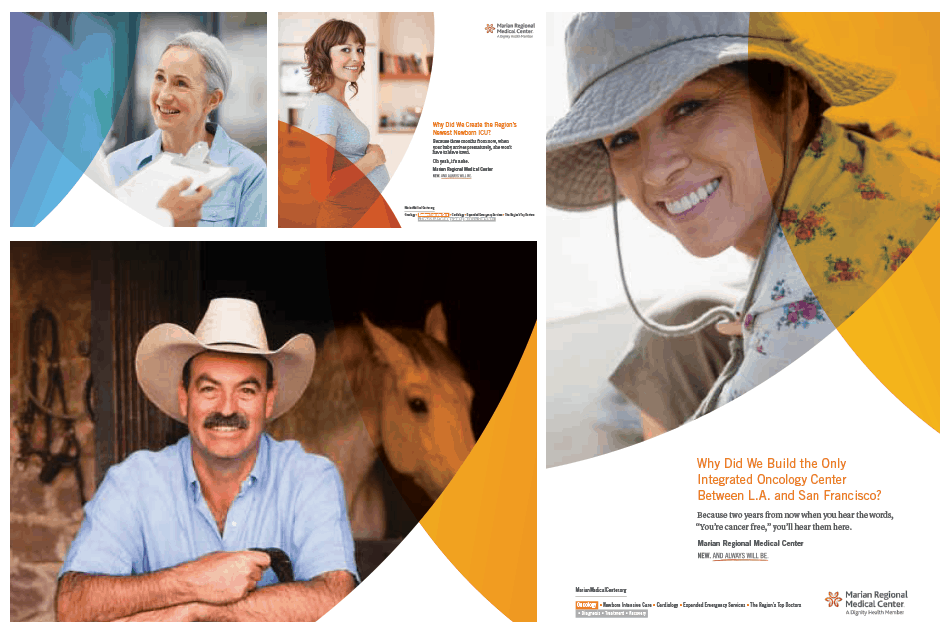Important issues, and the stories that illustrate their impact, don’t usually cut through the chaos of a reporter’s inbox if there isn’t clear news value. But even if the English-language media don’t consider it newsworthy, you may well find a more receptive audience within the Hispanic media. Because Hispanic media outlets value local content that educates and empowers their readers/viewers/listeners, they present a particularly good opportunity for story placement.
Examples of this could include a profile of a Hispanic community or business leader; a spotlight of a Latino-owned business and its challenges; or low-cost skill-building classes and workshops available in Spanish.
The last example brings us to the point: Hispanic media outlets are particularly receptive to story pitches that offer an educational benefit to the community. A story pitch to a non-Hispanic TV channel’s local education reporter about free computer literacy courses offered at a local nonprofit would surely be met with crickets. Yet the same pitch to the local Hispanic news team, paired with a story from a Spanish-speaking student, is much more likely to get picked up.
Research all the Hispanic media outlets in your community, including TV, radio, newspapers and magazines, and go deeper to find out which on-air personalities are most respected and have the most influence. Introduce yourself and get to know the reporters, producers and news directors from each outlet. Ask lots of questions and listen carefully to what each values in a story idea.
Denver, for example, is home to many Hispanic news media outlets, offering communicators an exceptional opportunity to increase their clients’ visibility. Here’s a list of some of Denver’s influential Hispanic media outlets and personalities broken down by media type:
- TV: Noticias Univision Colorado, Telemundo Denver
- Radio: La Voz del Pueblo con Fernando Sergio, Denver Public Schools’ EDUCA radio show, Hablemos Hoy con Rodolfo José Cárdenas
- Newspaper: Viva Colorado, La Prensa de Colorado, El Pueblo Católico, La Voz Bilingüe
- Magazine: LatinLifeDenver
You don’t need to pitch the story in Spanish. If you can, great, but usually the news team is perfectly fluent in English.
And, just as you would with a reporter from a non-Hispanic outlet, make the story easy to report. Have an individual lined up who reflects the audience of the media outlet, whose story illustrates the point you want to communicate, and who is willing to be interviewed. Think through the visual aspect of the story and provide options so the reporter can capture the visuals he/she needs. Provide all the background information, data and research the journalist might need to fully report the story.
Guide
Ridiculously Effective Communications Strategies to Engage Hispanics
Demographic trends make effective communications to bilingual Hispanics more important than ever

Yesterday the political world was shaken when President Biden stepped aside and decided to suspend his campaign to run for a second term. In his announcement he did not specify…

Research underscores the profound impact of youth connection on healthy decision-making among teens, significantly reducing risky health behaviors. Strong relationships with adults and peers create a nurturing environment that…





